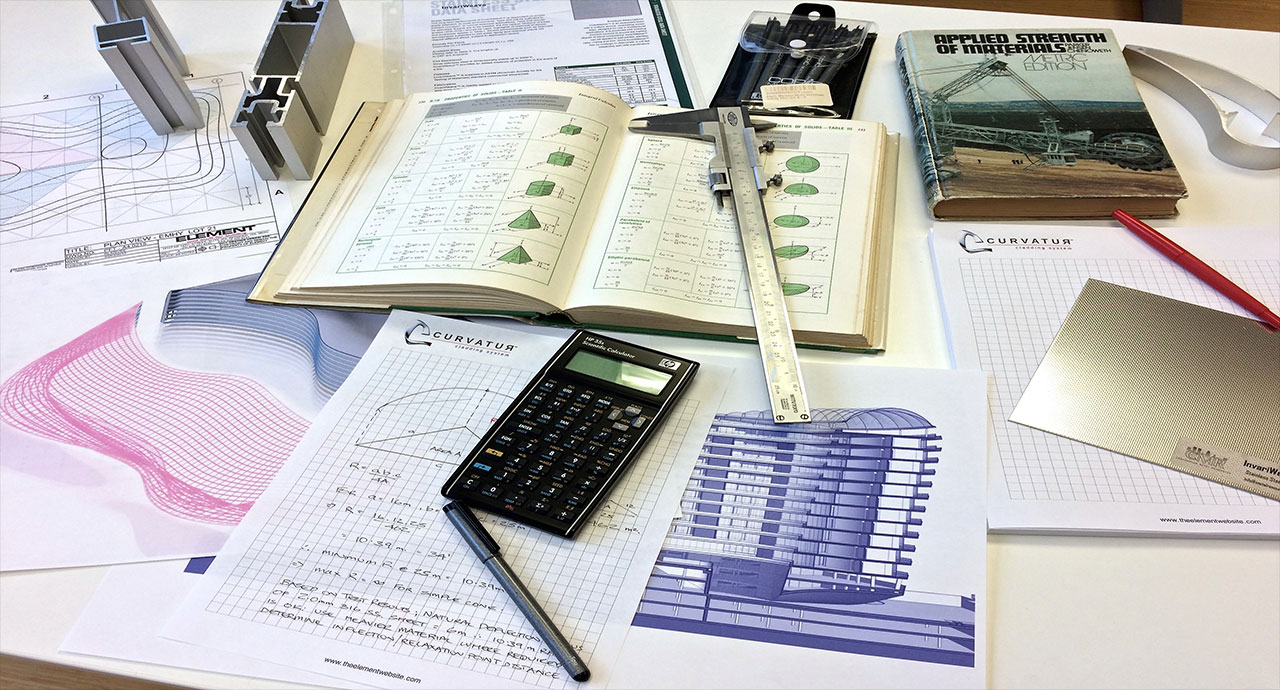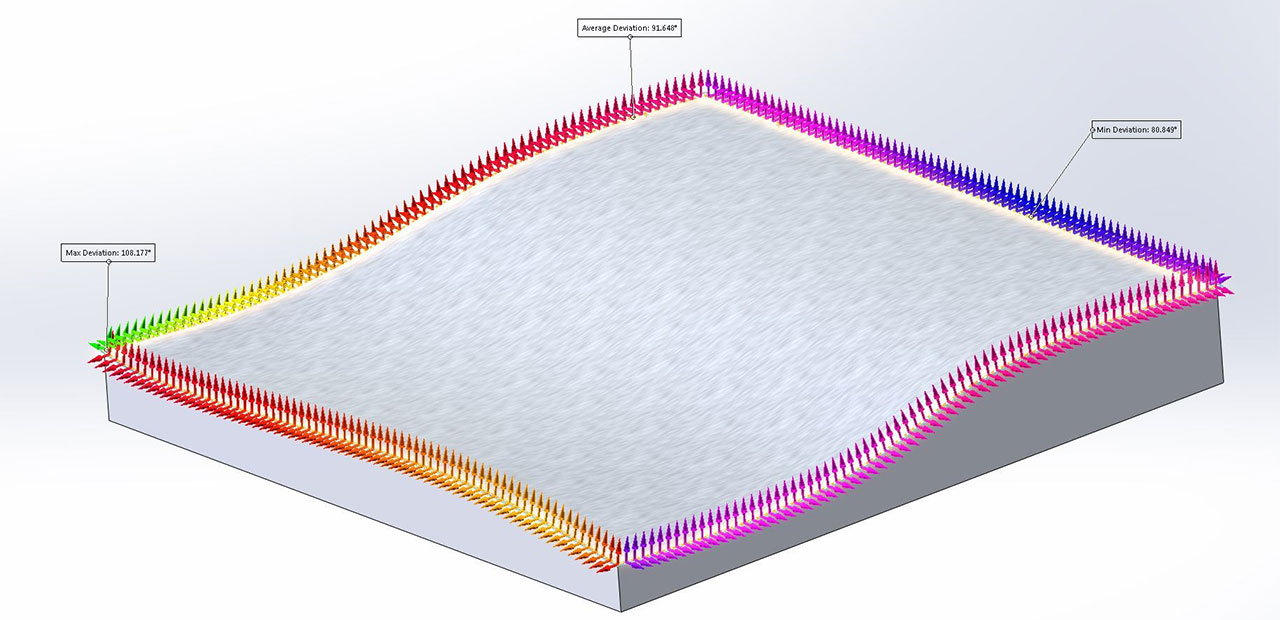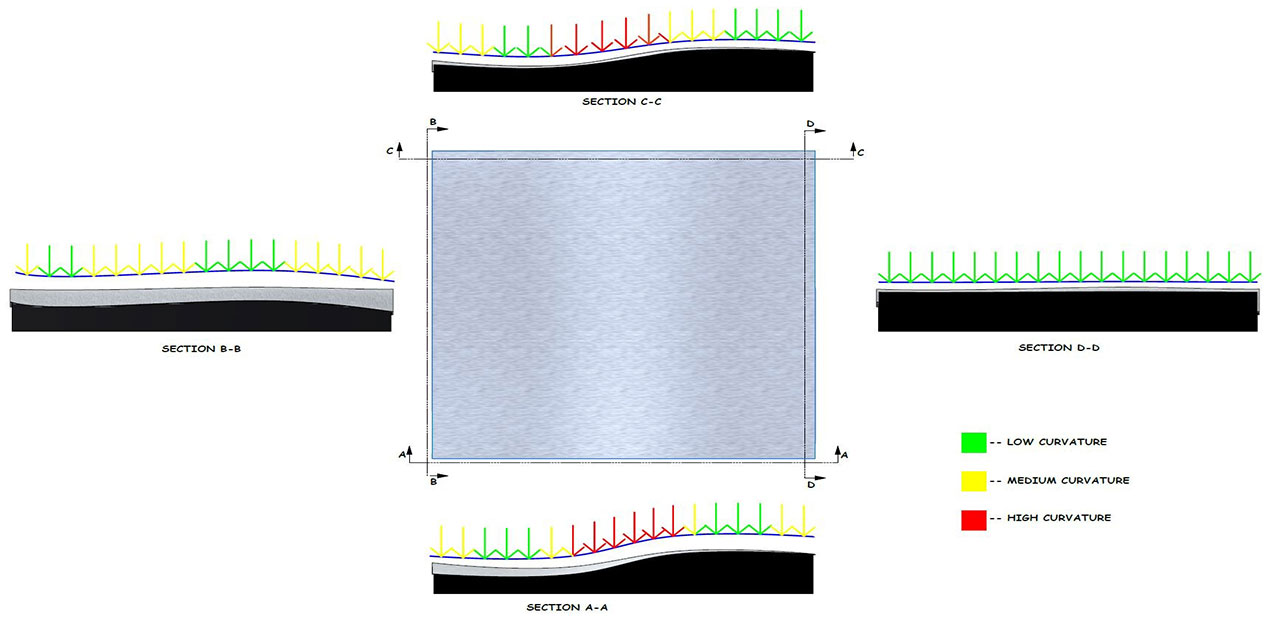DISCOVER MORE ...
GEOMETRY
As we have seen, the challenges presented by complex modern geometry are significant.
Of primary importance is our ability to understand a facades’ geometry in order to determine how it can be deconstructed into buildable components.
A Facades’ complexity is often a function of two things; geometry, and the configuration of that geometry…. for example, a simple cube is comprised of 1 dimensional surfaces, however a building whose form is comprised of multiple overlapping, intersecting cubes adds considerable complexity and thus the degree of difficulty increases.
Complex surface geometry is ultimately comprised of simple mathematical forms. Achieving these shapes in real world materials, each with their own physical properties, presents increasing levels of difficulty for increasing levels of complexity.
When we consider the multiple different forms of a building facade, we can place them in order of increasing geometric and configurational complexity as shown below.
The challenges presented by buildings exhibiting the highest levels of geometric complexity with the greatest levels of configurational complexity remains the “final frontier” for construction teams.
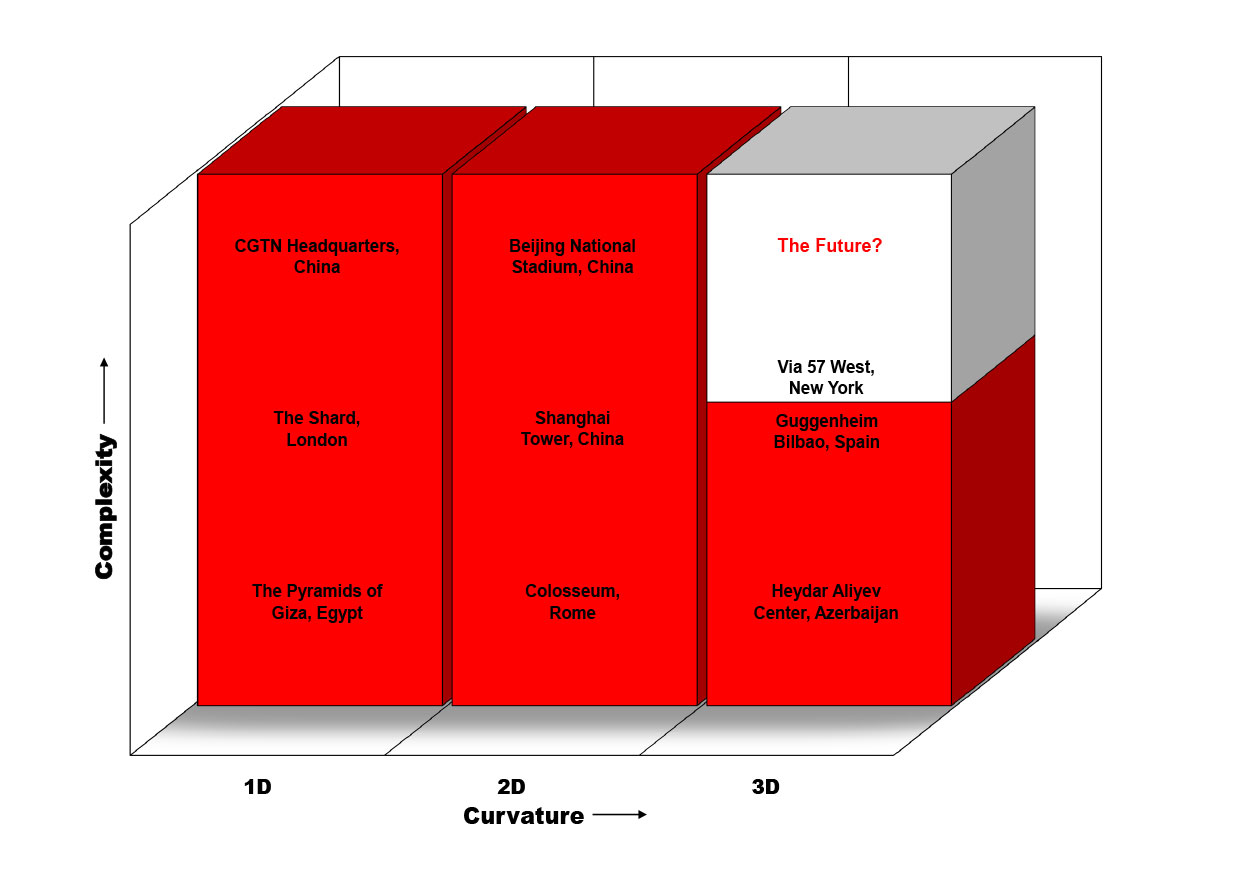
The area representing the final challenge for the construction industry will require new and innovative solutions that provide materials and fabrication methods directly addressing the most complex geometries:
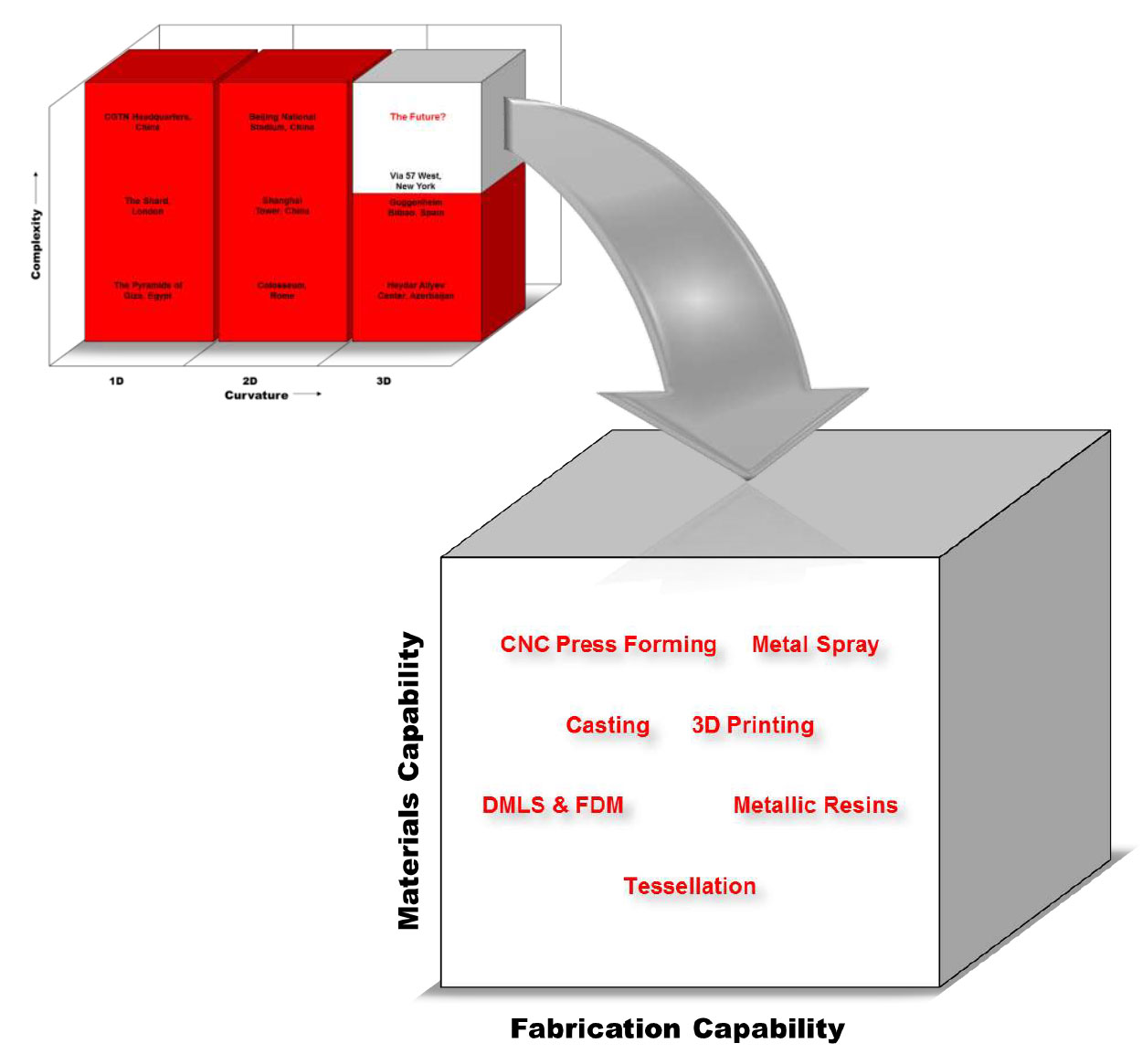
Graphical representation of the base forms comprising all possible surface geometries is shown below:
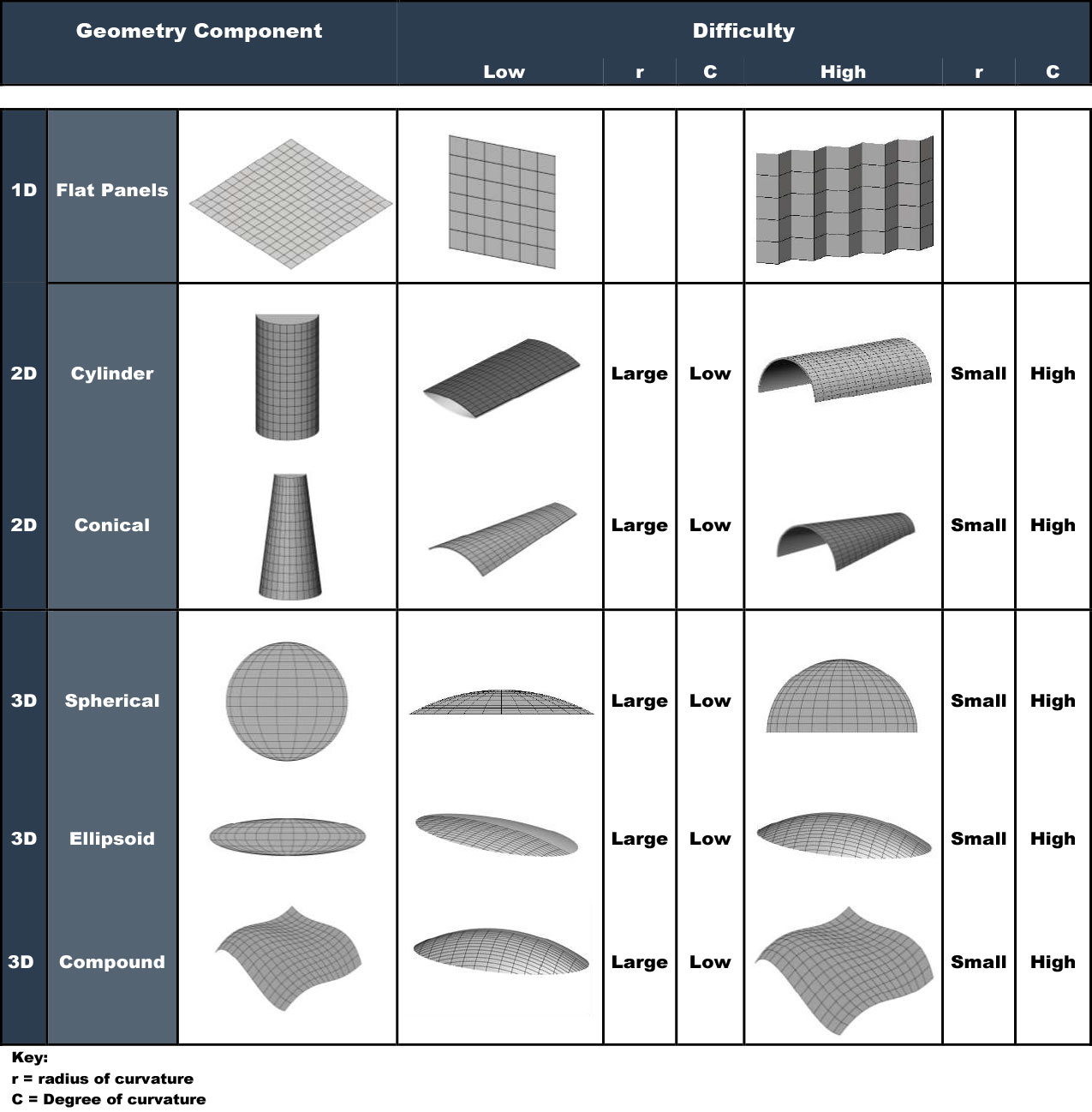
Parametric modeling and advanced software systems allow the optimization and subsequent extraction of surface forms to facilitate construction.
The latest advancements in fabrication technology, erection and installation complete our ability to build any form.
An integrated solution for work of this complexity is now available with the CURVATUЯ™ system.
